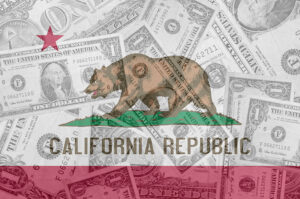It’s worth reviewing the benefits from work to get ahead in taxes next year.
With the stress of the pandemic crisis is still upon us, reviewing the benefits that you get from work is really important.
Preparing your finances for 2021 may be a burden, but this simple guide can help you get through it.
More about your taxes savings:
4 IRS Audit Triggers for Self-Employed Individuals to be Aware
Ways to Reduce Your Taxes the Easy Way
Save Money on Taxes if You’re Making $40,000 or Less
With COVID-19, some individuals and families have led to a higher healthcare cost this year.
Workplace healthcare plans may require an intense comb through to accommodate these concerns to next year.
If you’re an employee and your job offers healthcare plans you must talk to your HR representative and get the details of your benefits under different plans.
Health Savings Account (HSA)
This is a savings account that works with your health insurance plan. If you have an HSA plan at work you need to take advantage of this account coming next year.
Usually if you have a high deductible health plan since it’s expensive to have the lower tier. Since the out-of-pocket health plans are high, you can take advantage of HSA’s and have major tax benefits.
-Tax-free contributions.
-Tax-free on investment growth.
– Withdrawals are tax free.
HSA’s have technically more tax benefits than an IRA.
Plus you don’t need to spend all of it by the end of the year. It just rolls forward and accumulates next year.
Use your account to pay for eligible health related expenses, contacts, asthma meds, teeth cleaning and more.
Also, some employers match your contributions to increase your savings.
Learn more about the IRS qualified expenses here.
Flexible spending accounts (FSA)
FSA savings plan has some common features with HSAs.
Both contributions are pre-taxed and can be used to pay qualified medical expenses. The maximum you can contribute to your account for 2020 and 2021 is $2,750.
The caveats are:
- In some cases you can’t contribute to both HSA and FSA at the same time.
- You need to spend the money you saved or forfeit the funds at the end of the year.
- No option for funds to transfer to another fund.
Because of the business closures and shutdowns, some people with unused balance in their FSAs, the IRS extended its grace period for filing reimbursement.
The current trend and uncertainties of 2020 may partially continue until the half of 2021. Planning your finances before the end of the year will relieve you of additional stress in the future. If you have any tax related questions, let us know. You can reach through social media, messages and telephone.


